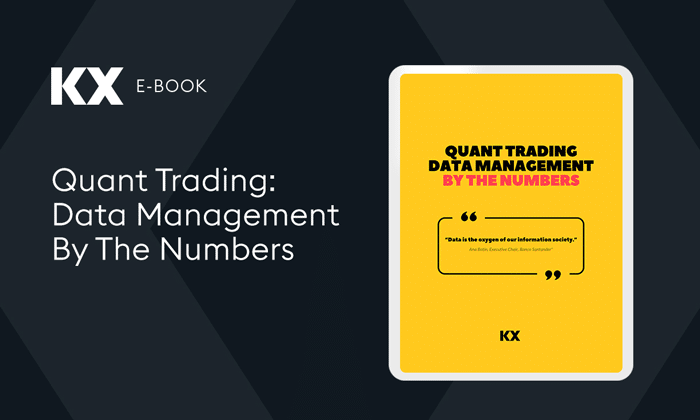As they travelled to their first investigation, Dr Watson remarked to Sherlock Holmes that he didn’t seem to be giving the case his immediate attention:
“No data yet,” Holmes replied. “It is a capital mistake to theorize before you have all the evidence. It biases the judgment.”
That was in 1887. Imagine what Holmes could achieve today with data available from sources like criminal databases, social media and CCTV, advanced analytics, and visualization tools for deriving actionable insights and making informed decisions. Consider, for example, the benefits for predictive policing in identifying potential crime hotspot, high-risk periods, and allowing for pre-emptive measures. And it’s not just crime prediction and prevention where data can help. Among others are:
- Enhanced Investigative Capabilities: The integration and analysis of various data sources provides comprehensive insights, aiding investigations. Detectives can uncover hidden connections, track Subjects of Interest, and solve cases more efficiently.
- Real-Time Monitoring and Response: This enables operational units to benefit from real-time data analysis, enhancing response times and situational awareness.
- Resource Allocation and Planning: Applying predictive analytics to assist in strategic planning and resource allocation.
- Community Policing and Engagement: Using social media and public data analysis aids in community policing efforts.
- Legal Compliance and Ethical Standards: Ensuring compliance with legal and ethical standards, maintaining public trust, and safeguarding privacy.
All are premised on efficient data management and analytics across the vast and varied data types in policing operations. But those requirements bring equally big and varying challenges. Some of the difficulties include:
- Data Volumes: Handling and analysing massive volumes of data, both historical and real-time.
- Integration and Connectivity: Supporting multiple data formats, communication protocols, and interfaces.
- Data Quality and Accuracy: Ensuring that data is accurate, up-to-date, and reliable.
- Data Security and Privacy: Enforcing appropriate levels of access and protection from outside threats.
- Ease of use: For widespread and appropriate adoption.
- Flexibility: To expand functionality and adapt to evolving operational and technology environments.
KX has the proven technology to meet these needs. It provides data management and analytics solutions in industries ranging from finance and manufacturing to telecommunications, automotive, and pharmaceutical to empower their digital transformation with faster, more informed, data-driven insights. Moreover, businesses have realized it using standard hardware with outcomes, including achieving 100x performance at a tenth of the cost. Sample applications include:
- Anomaly detection for fraud detection, cybersecurity, and trading.
- Pre- and post-trade analytics in Capital Markets.
- Model training, back-testing and calibration.
- Predictive maintenance and operational equipment efficiency in Manufacturing, Telecommunications, and IoT workflows.
- Predictive healthcare for medical and healthcare practitioners.
Imagine what Holmes could achieve today with data available from sources like criminal databases, social media, CCTV, advanced analytics, and visualization tools.
At a non-functional level, the technology offers the high-performance, high availability, resilience, and security needs demanded of mission-critical applications in highly regulated environments. Those combined capabilities align closely with the needs of law enforcement agencies across a range of areas.
Across communication channels KX enables network analysis to map out social networks and relationships, geospatial analysis for tracking movements, sentiment analysis using NLP, real-time monitoring and alerts, machine learning for predictive analysis, integration with other data sources, encrypted and anonymized data analysis, legal and ethical compliance, and customizable dashboards for law enforcement.
For intelligence data, the capabilities are similarly impactful. It becomes possible to integrate and analyze data from multiple intelligence sources, providing real-time intelligence analysis, pattern recognition and anomaly detection, network analysis, predictive policing through machine learning, sentiment analysis, geospatial analysis, custom alerts and notifications, compliance with legal standards, and user-friendly dashboards and reporting tools.
Functionality that enables these insights include:
- Real-Time Analysis: Monitor processes and analyze data from multiple sources in real time for timely threat identification and response.
- Pattern Recognition and Anomaly Detection: Identify patterns, trends, and anomalies in behaviors and communications for predicting potential criminal activities and hotspots.
- Machine Learning for Predictive Analysis: Predict future activities or communication patterns based on historical data to aid in preventative strategies.
- Custom Alerts: Notify Law enforcement officers based on specific criteria, such as unusual activities, potential threats, or important events detected across data sources.
- Network and Geospatial Analysis: Analyze social networks and track the flow of information for relationships between individuals of interest.
- Resource Allocation and Planning: Use predictive analytics to help strategic planning and resource allocation, ensuring that police resources are used efficiently and effectively.
- Integration with Third-Party Applications: Enable best-of-breed integration across applications. For example, enhance biometric matching accuracy by processing data from facial recognition technology and cross-referencing it with existing databases.
- User-Friendly Dashboards and Reporting Tools: Use intuitive interfaces and dashboards, enable law enforcement personnel to easily access, visualize, and interpret intelligence data, even without advanced technical skills.
Collectively, these tools represent a transformative advancement in law enforcement technology, offering unparalleled capabilities in data analytics and predictive policing, contributing to more effective law enforcement, better resource allocation, and, ultimately, improved crime prevention and public safety measures.
If only Sherlock had those tools, he might have been more productive in that handsome ride with Watson!
Please contact us or demo kdb to learn more about how KX technology enables law enforcement with data.













